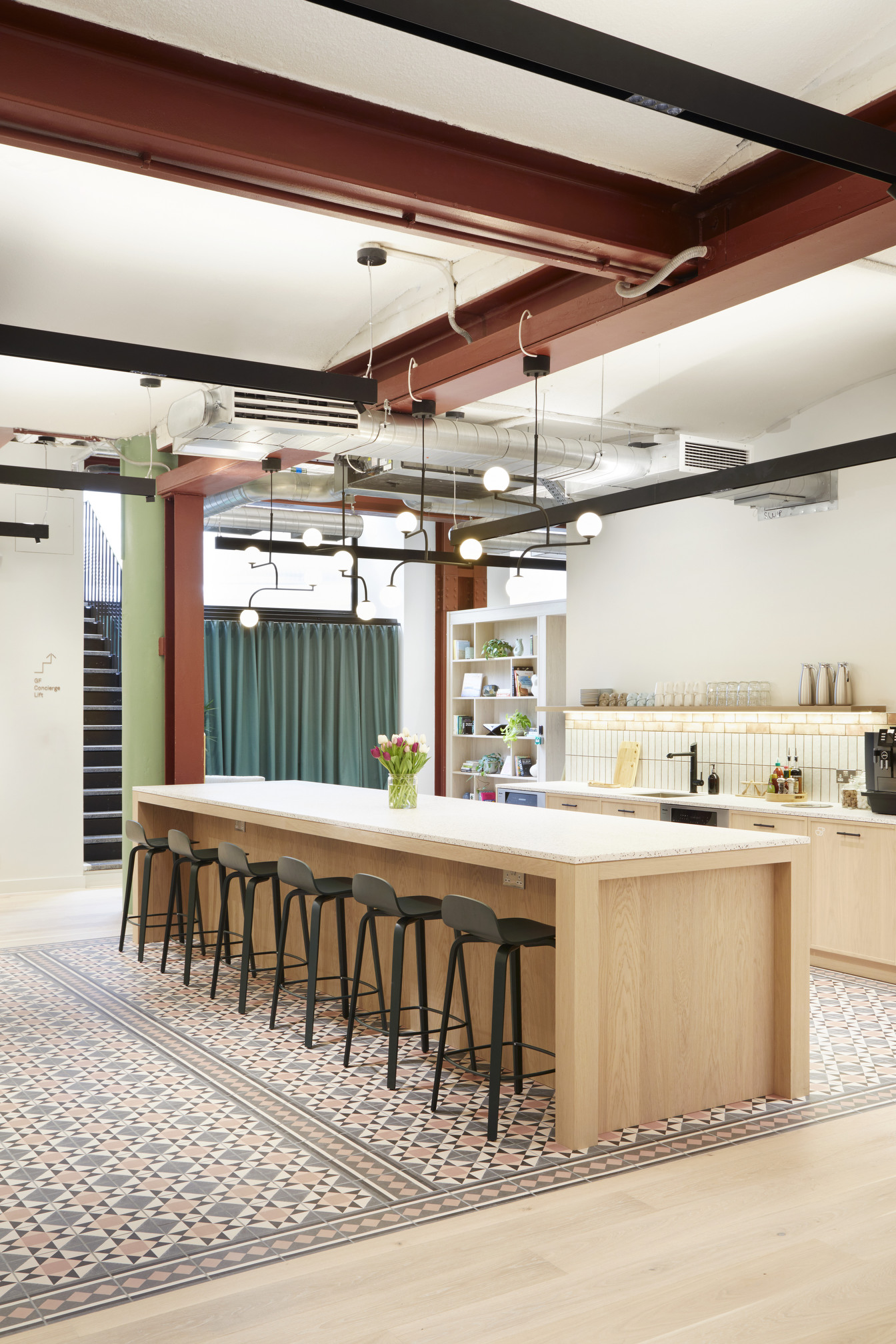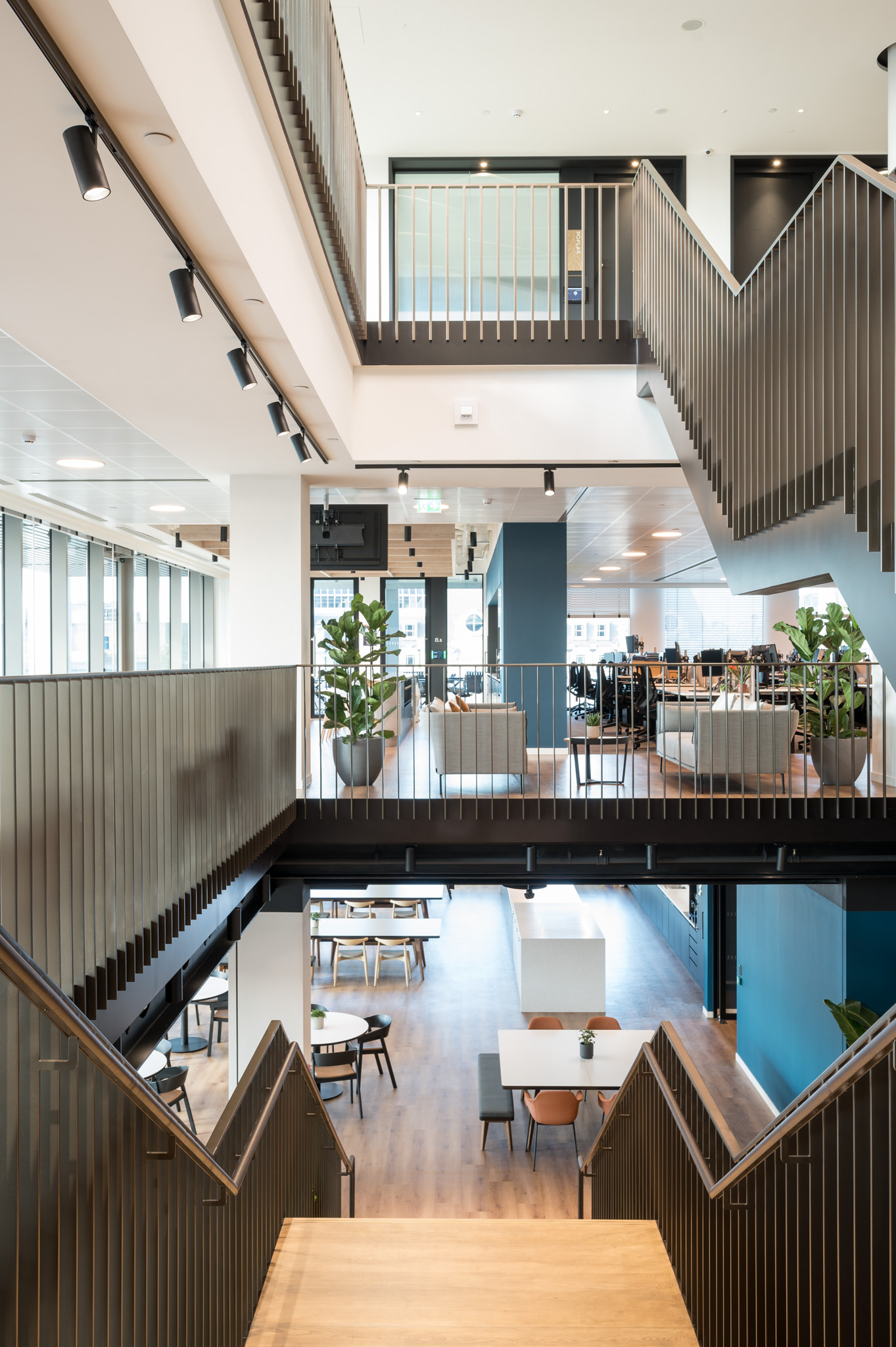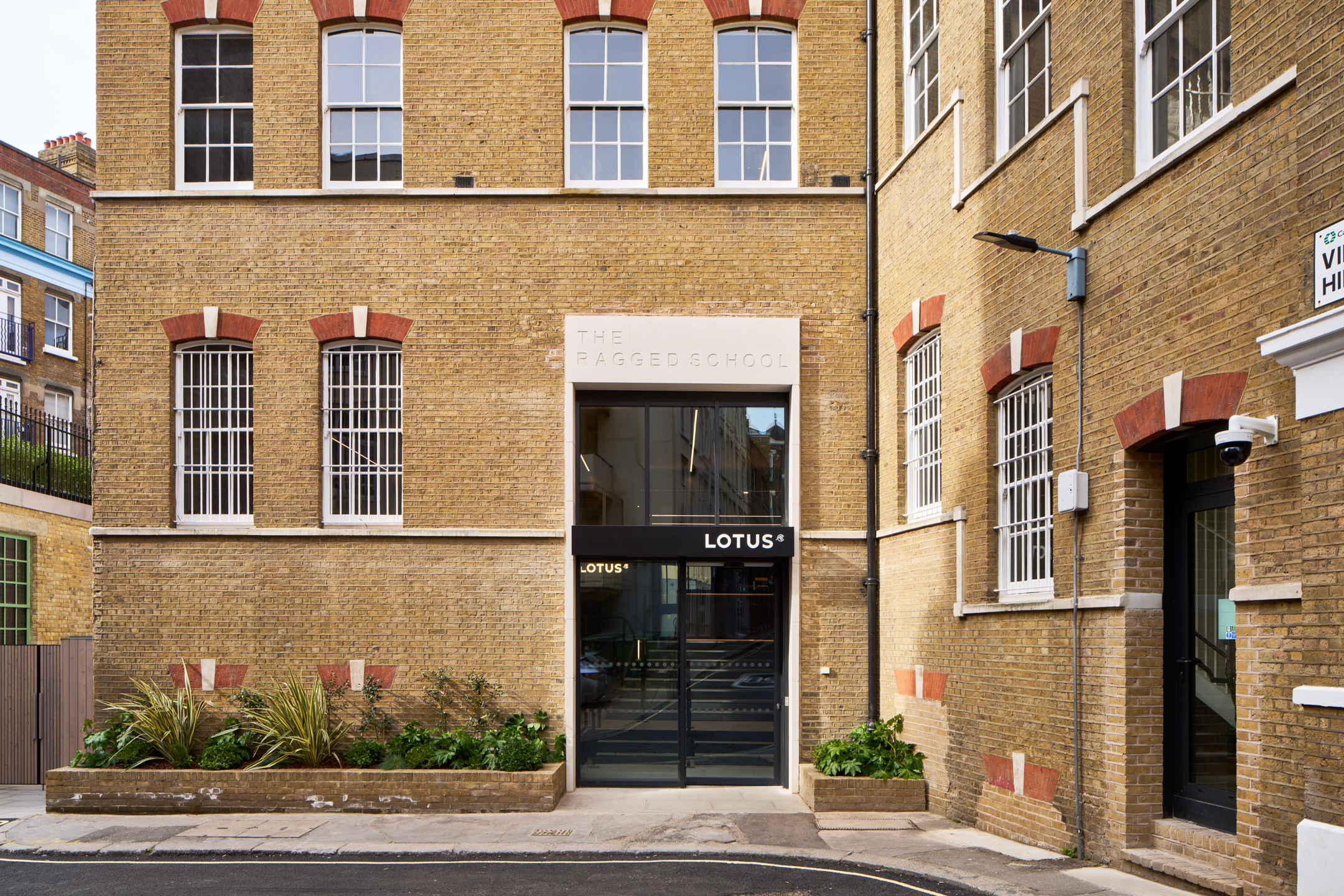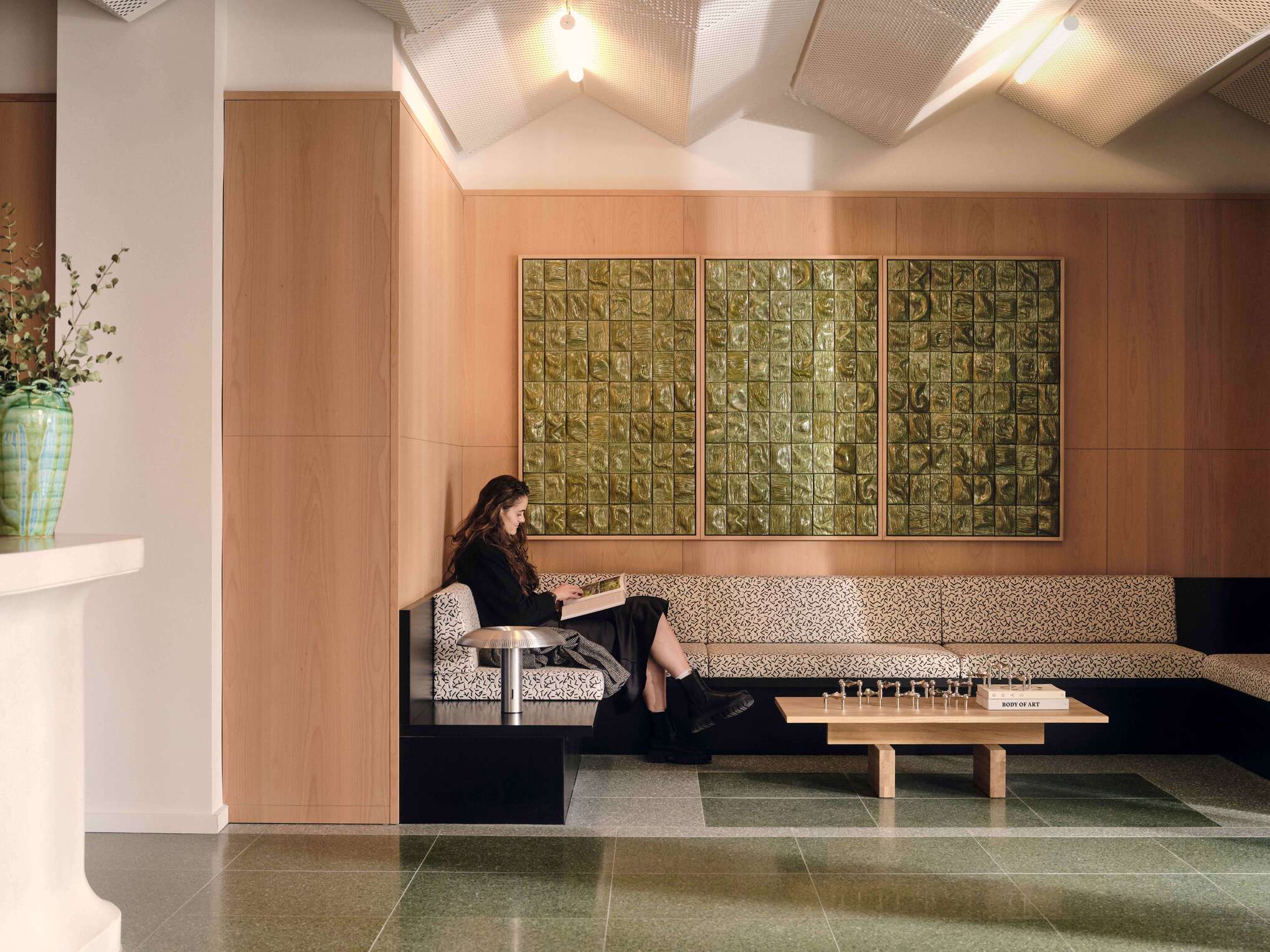A Guide to ESG Certifications You Need to Know
Design and build companies play a crucial role in shaping the environment in the construction industry. As sustainability becomes an increasingly important concern, we must stay ahead of the curve by understanding and adopting ESG (Environmental, Social, and Governance) certifications.
ESG certifications are standards and frameworks that evaluate a company’s sustainability performance, social impact, and governance practices. These certifications provide a roadmap for companies to impact the environment and society while ensuring responsible governance positively. This article will explore some of the most important ESG certifications relevant to the construction industry.
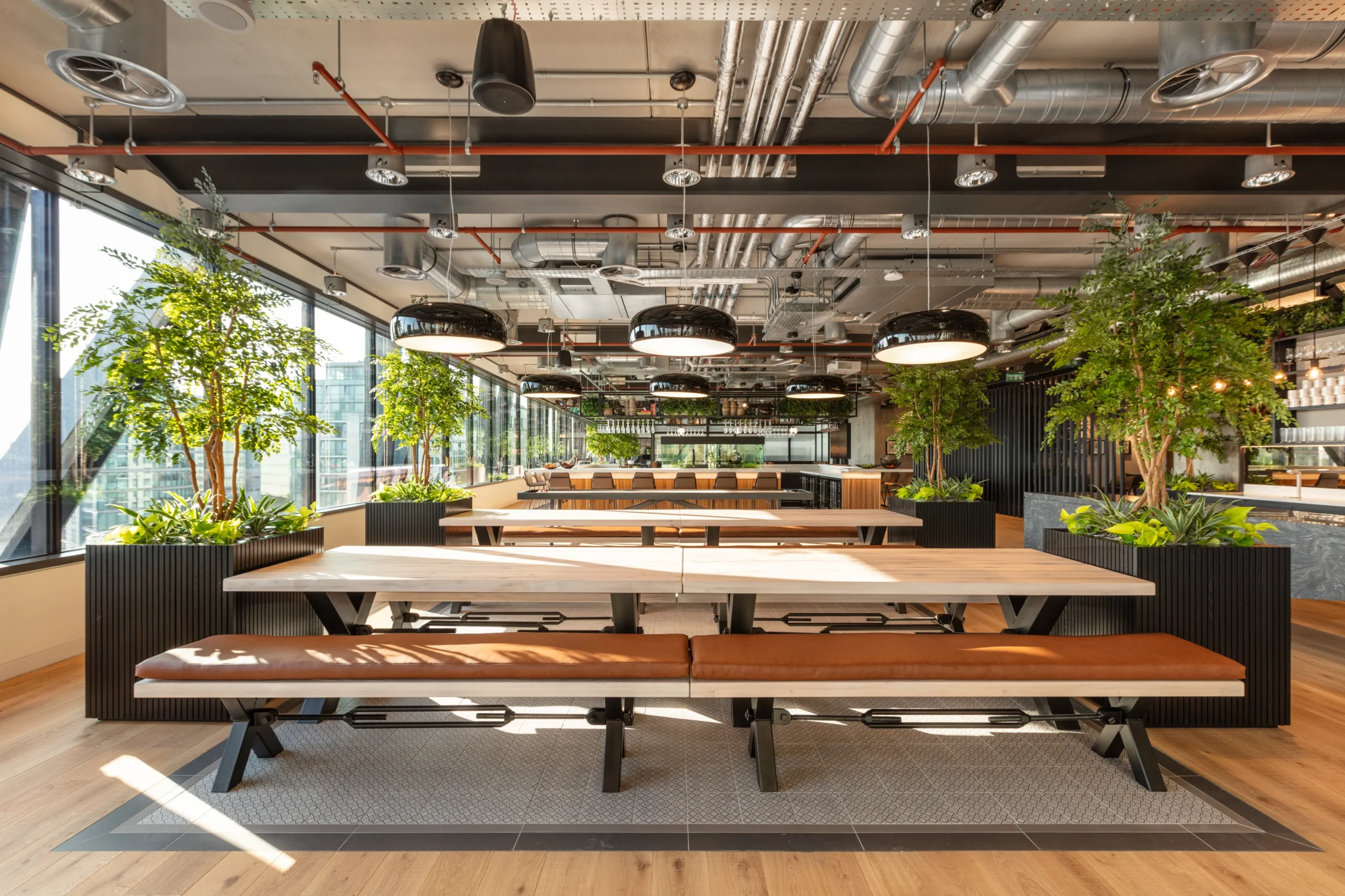
BREEAM: Building Research Establishment Environmental Assessment Method is a certification that assesses a building’s environmental impact throughout its lifecycle. BREEAM evaluates a building’s energy and water use, waste production, and effects on local ecosystems. Design and build companies can use BREEAM certification to demonstrate their commitment to sustainable construction practices and create high-performance buildings that benefit both the environment and occupants.
EPC: The Energy Performance Certificate is a certification that rates a building’s energy efficiency on a scale of A to G. Design and build companies can use EPCs to identify opportunities for energy-efficient design, improve building performance, and comply with regulatory requirements.
GHG Protocol: The Greenhouse Gas Protocol is a framework for measuring and managing a company’s greenhouse gas emissions. Design and build companies can use the GHG Protocol to understand their carbon footprint, set reduction targets, and implement strategies to reduce emissions. The standard is split into three scopes. Scope 1 is direct emissions from the company. Scope 2 is the direct emission by the company from purchasing energy, and Scope 3 is all other indirect emissions from upstream and down the third-party chain.
LEED: Leadership in Energy and Environmental Design is a certification that recognises buildings designed, constructed, and operated for sustainability. Design and build companies can use LEED certification to demonstrate their commitment to sustainable construction and create high-performance buildings that benefit the environment, occupants, and the community. A project earns points by adhering to credits that address carbon, energy, water, waste, transportation, materials, health and indoor environmental quality to achieve certified silver, gold or platinum certifications.
NABERS UK: The National Australian Built Environment Rating System is a certification that measures the energy efficiency of commercial buildings across England, Wales, Scotland, and Northern Ireland. Design and build companies can use NABERS UK certification to benchmark their building’s energy performance, identify opportunities for energy savings, and demonstrate their commitment to sustainability.
PASSIVHAUS: This is a standard of certification that requires buildings to meet stringent energy efficiency requirements. Design and build companies can use Passivhaus certification to create ultra-low energy buildings that provide a comfortable and healthy indoor environment while minimising energy consumption.
SKA: The Sustainable Construction Assessment is a certification from the Royal Institute of Chartered Surveyors (RICS) that assesses the sustainability performance of construction projects. Design and build companies can use SKA certification to demonstrate their commitment to sustainable construction practices and create high-performing workspaces that are environmentally responsible and resource-efficient. Tenants with sustainability objectives can work with their project team to align the design of their workspace with the SKA rating scoring criteria. By doing so, they can reduce their environmental footprint, enhance employee well-being, and demonstrate a commitment to sustainability.
FITWELL: is a certification that promotes healthier buildings and communities. Design and build companies can use Fitwel certification to create buildings that support the health and well-being of occupants through design and operational strategies that promote physical activity, nutrition, stress reduction, and other aspects of health. Users can treat the scorecard as a benchmark without seeking certifications or submitting evidence-based documentation and images to support certification.
IMMUNE: Indoor Environment Management – Understanding Needs and Expectations certification is an international framework that helps buildings improve indoor air quality and manage risks associated with infectious diseases. Design and build companies can use IMMUNE certification to create buildings that provide occupants with a safe and healthy indoor environment.
WIREDSCORE: is a certification that assesses a building’s digital connectivity and infrastructure. Design and build companies can use WIREDSCORE certification to create buildings that meet the increasing demand for reliable, high-speed internet connectivity and support the needs of modern businesses and occupants.
WELL: The WELL Building Standard is an international certification that promotes buildings that enhance the health and well-being of occupants. Design and build companies can use WELL certification to create buildings supporting physical and mental health through clean air, natural light, and acoustic comfort. There are three certification levels, silver, gold, and platinum.
ESG certifications are essential tools for companies looking to impact the world positively while staying competitive in the construction industry. By incorporating these certifications into their practices, companies can contribute to a more sustainable and equitable future, leading to cost savings, increased market share, and improved brand reputation, all of which contribute to a stronger financial performance. As the world faces environmental and social challenges, design and build companies prioritising ESG certifications will be well-positioned to lead the way towards a more sustainable future.
Discover more projects here.
Learn more about ESG.



